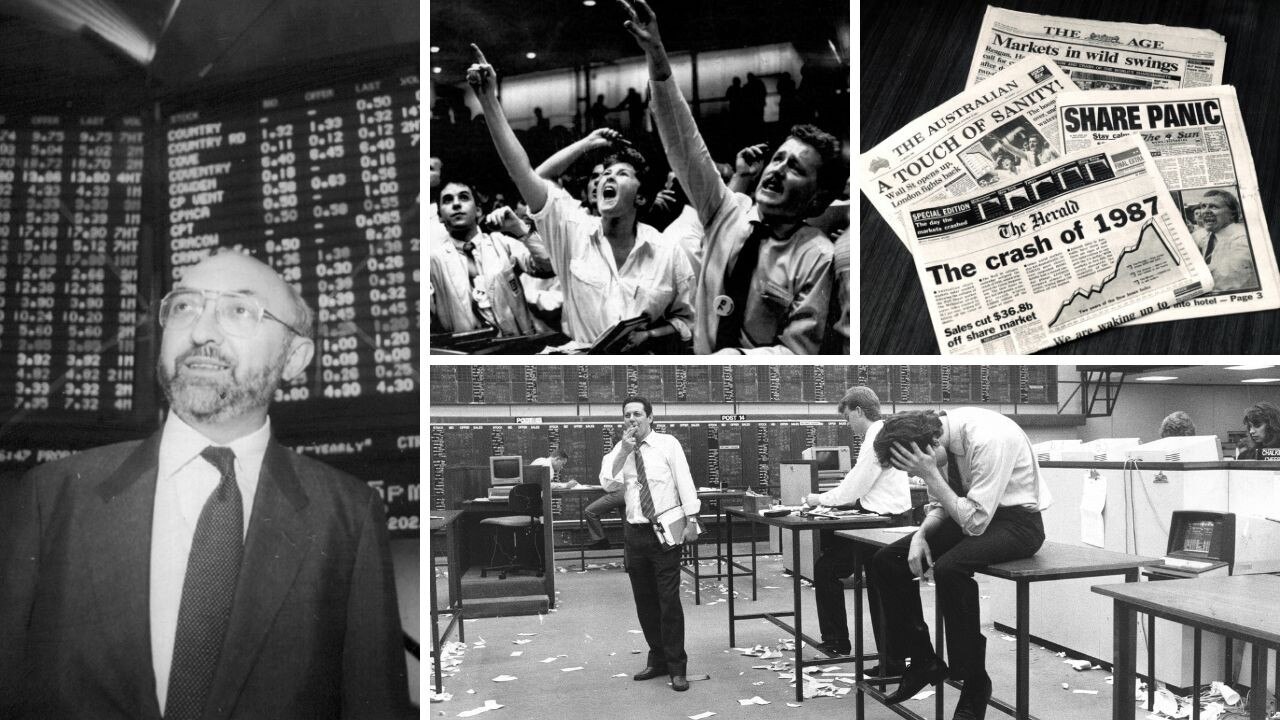Merger and Putin pay off for Woodside
The Woodside profit result and dividends flowing to shareholders are a dramatic endorsement of the energy giant’s $40bn merger with BHP’s oil and gas business.

Terry McCrann
Don't miss out on the headlines from Terry McCrann. Followed categories will be added to My News.
The Woodside numbers – and even more empathically the cash pouring out like an old-fashioned gusher to shareholders, old and new – provided a dramatic endorsement of the merger with BHP’s oil and gas business.
It was also telling evidence of the brilliance of the merger timing, although that was more a case of luck – ‘good’ luck for Woodside, and BHP, shareholders; ’bad’ luck for most everybody else on the planet and most especially 40m Ukrainians.
For back in August last year when BHP and Woodside launched their merger, no-one at either company - or, again, most everyone else in the world – had the slightest idea that Russia’s President Putin would attack Ukraine just six months later.
The attack came just as the merger was being finalised and, as we all know, sent oil and even more dramatically - and even more positively for the gas-leveraged Woodside-BHP combine - gas prices soaring.
Back in August Woodside was trading around $22. Now it’s nearly two-thirds higher around $36.
So, that’s clearly a – huge – win for the original Woodside holders after the company doubled up its business.
But it’s just as much a win for BHP holders, because they not only retained a continuing equity in the BHP oil and gas assets being sold into Woodside, but they also doubled up into also part-owning the Woodside assets. Back in August BHP was trading around $47 when rumours – and just ahead of confirmation – of the proposed merger surfaced.
The announcement sent the BHP share price down to $42, on the way to bottom at $34.
It’s now back to around the $42.
But BHP holders got one Woodside share for every 5.5 BHP shares owned.
So the ‘package’ now owned adds to $48.50 per original BHP share.
Now, Woodside holders are up by some 63 per cent on the pre-announcement share price, BHP holders are only up 3 per cent.
But that has more to do with iron ore than with either the merger specifically or oil and gas more broadly.

Back in August when the deal was unveiled, BHP – and the other iron ore miners – was coming off the absolute peak in the iron ore price.
As I discussed yesterday, iron ore was great again in 2021-22, but just not quite as great as in 2020-21.
Keeping oil and gas inside BHP would not have made a huge difference to the BHP group numbers; it was just too small against iron ore and indeed coal in this ‘year of Putin madness and brutality’.
It might have been easier for BHP to just have sold the oil and gas business to Woodside.
That was, obviously, after making the decision to quit oil and gas – something that really became both inevitable and sensible after BHP got out of its misjudged and hugely costly foray into US oil and gas shale.
But a direct sale would have cost holders: both BHP and its holders would have missed out on the ‘Putin upside’, which ain’t evaporating anytime soon.
Indeed, by passing the interest in oil and gas directly to holders, BHP gave them the choice whether of staying in oil and gas; gave them a better – upscaled – investment to be in; and let them ride the subsequent upside.
Indeed, it more fundamentally preserved the investment diversification across commodities that was long a mark of deliberate decision and pride for the ‘old’’ BHP.
That judged that both the demand and supply dynamics for coal operated differently to those for oil and gas, and for copper and other metals.
Back in those pre-China days nobody thought iron ore was other than a low-margin ‘commodity’, with no particular brand value.
Now it has two big brand values – the Pilbara-quality brand and the Aussie-stability brand.
Originally published as Merger and Putin pay off for Woodside



